Greener Interiors Start with Better Materials
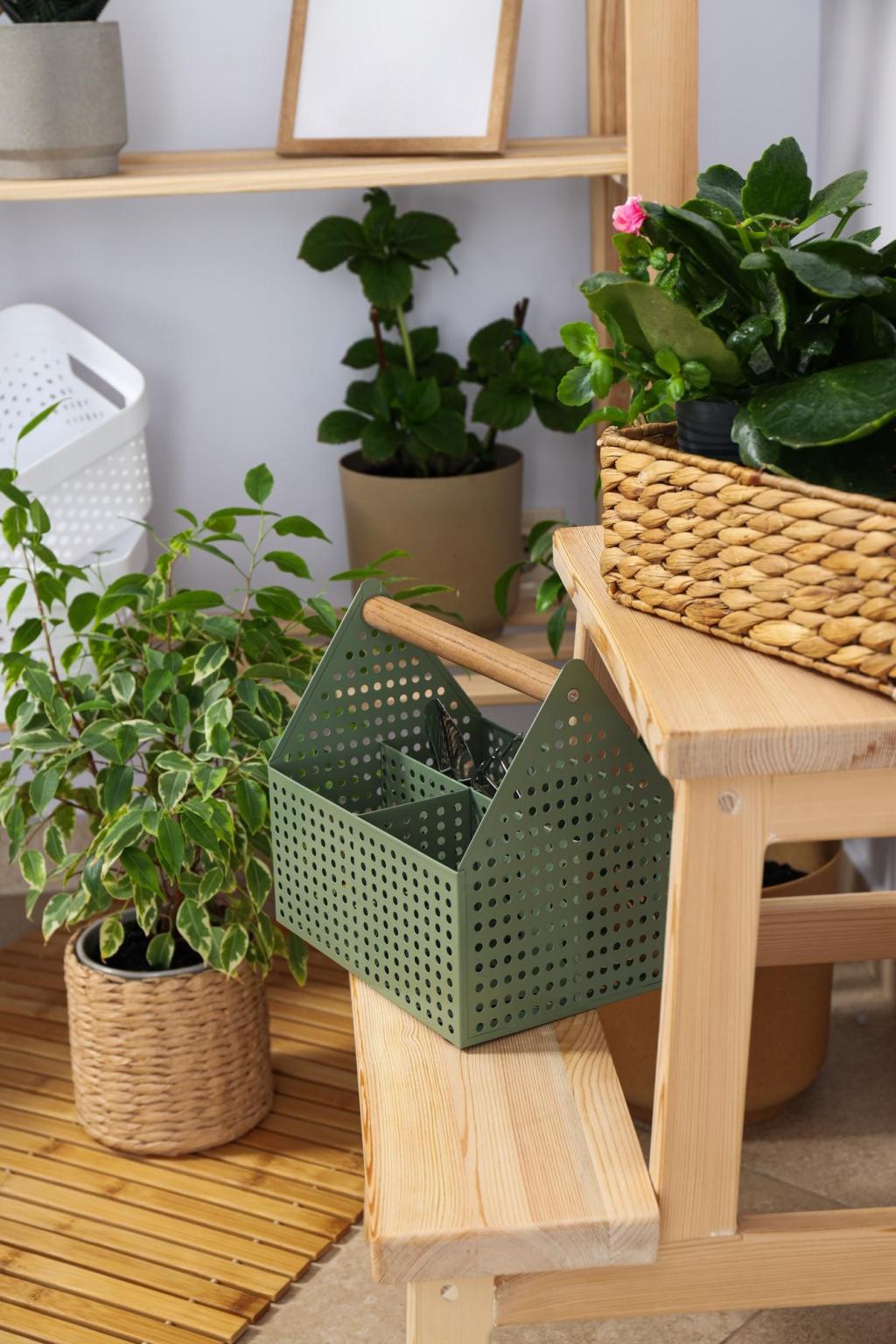
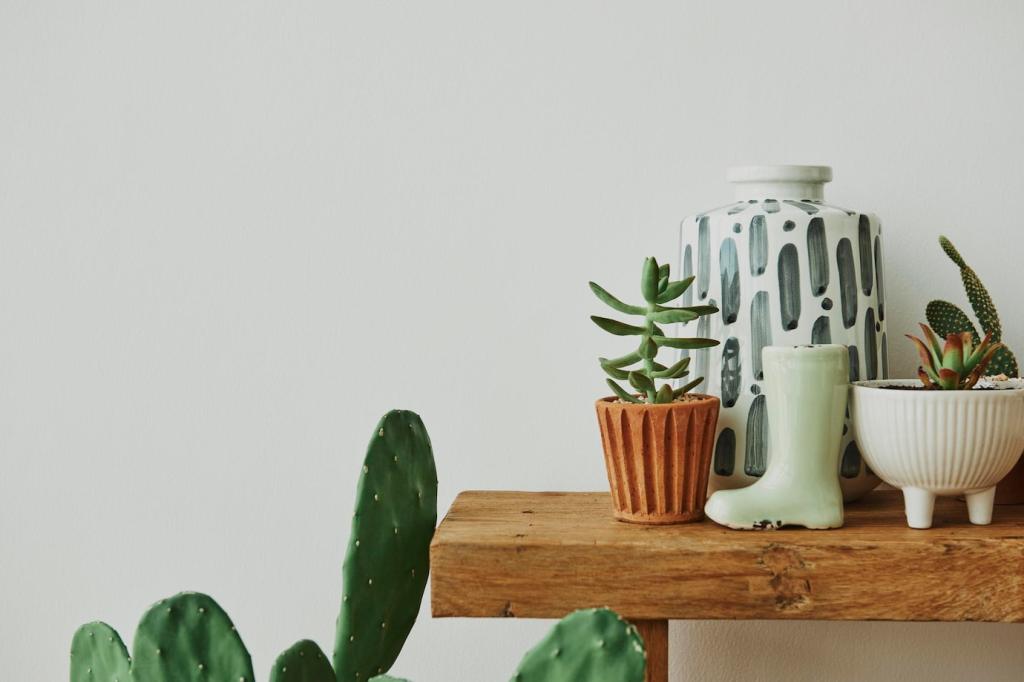
Why Green Materials Matter Right Now
Many conventional interiors off-gas volatile organic compounds for months, aggravating allergies, migraines, and asthma. Choosing zero-VOC paints, no-added-urea-formaldehyde plywood, and low-emission sealants dramatically improves indoor air quality. A client once told us her child’s night cough vanished after replacing a carpet with cork and switching to waterborne finishes—proof that materials touch daily wellbeing.
Why Green Materials Matter Right Now
Embodied carbon hides in floors, cabinets, and wall panels. Favor bio-based options like cork and linoleum, reclaimed timbers that store carbon, and recycled glass counters with low-carbon binders. When you ask suppliers for Environmental Product Declarations, you push the market toward transparency. Beauty thrives when materials carry smaller footprints and richer stories.
Material Spotlight: Bamboo, Cork, and Linoleum
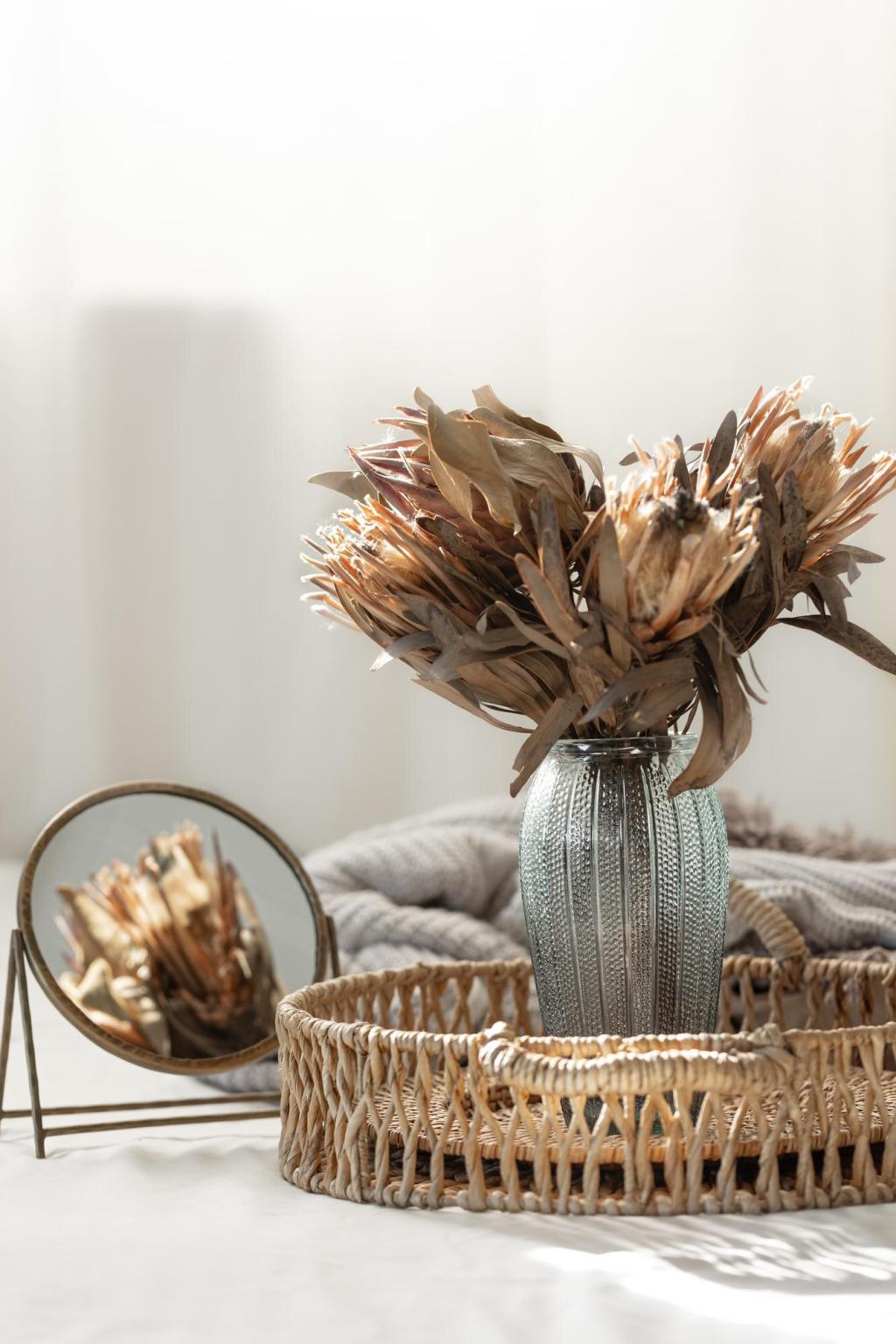
Bamboo Done Right
Bamboo grows rapidly and can be incredibly tough when strand-woven, yet sourcing matters. Choose products with verified adhesives and formaldehyde-free cores. In a busy hallway, we used matte-finished bamboo with a plant-based oil; it resisted scuffs and looked calm under daylight. Avoid solvent-heavy finishes and ask for a clear emission report.
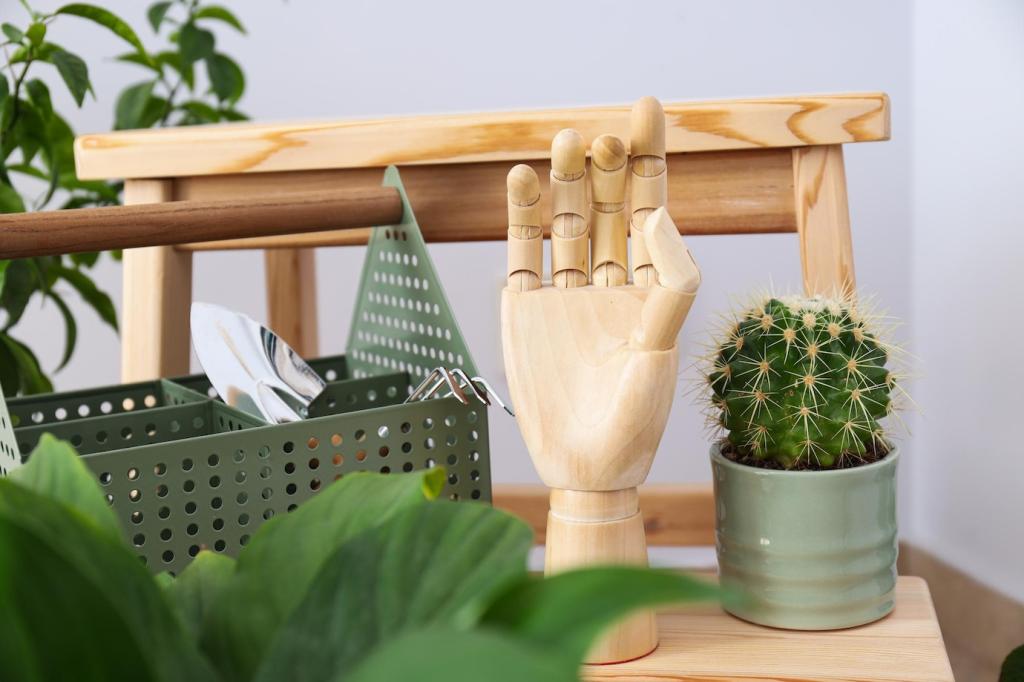
Cork: Quiet Comfort Underfoot
Cork is harvested from bark without felling trees, providing natural resilience and acoustic comfort. It’s ideal for bedrooms and nurseries where softness and warmth matter. Pair cork with low-VOC adhesives and a breathable sealer to keep it springy. One homeowner told us their apartment felt instantly calmer after installing cork—less echo, more exhale.
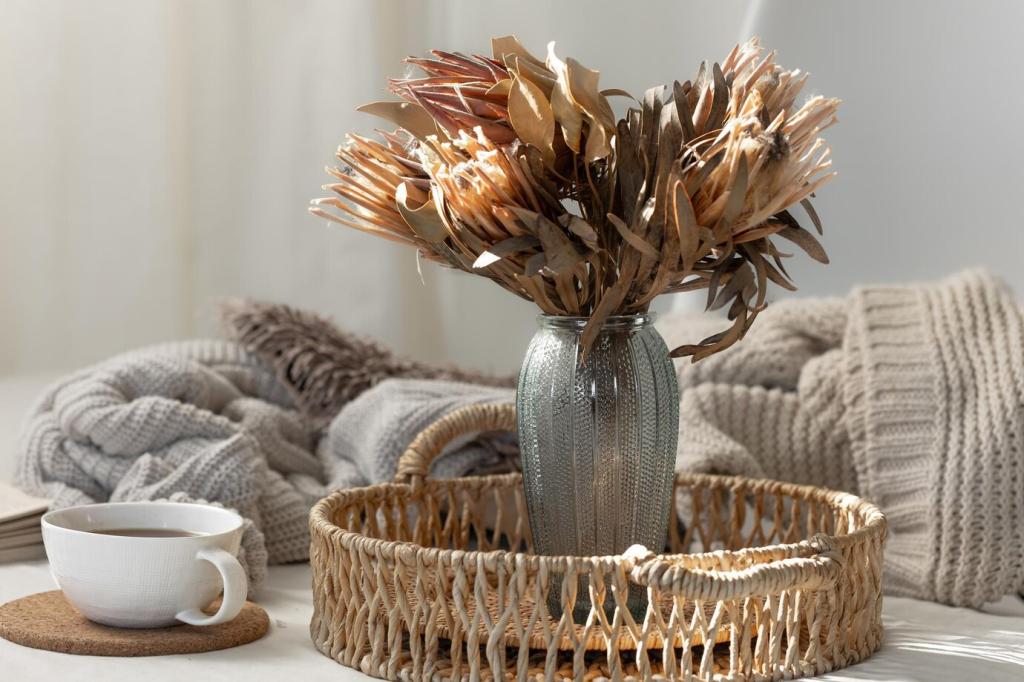
Linoleum: The Original Bio-Based Surface
Made from linseed oil, wood flour, resins, and jute, true linoleum is antimicrobial and ages gracefully. It works beautifully in kitchens and studios, resisting stains while feeling softer than vinyl underfoot. Specify sheet or tile formats with water-based adhesives. The subtle marbling hides daily life while staying easy to clean with mild, non-toxic soaps.
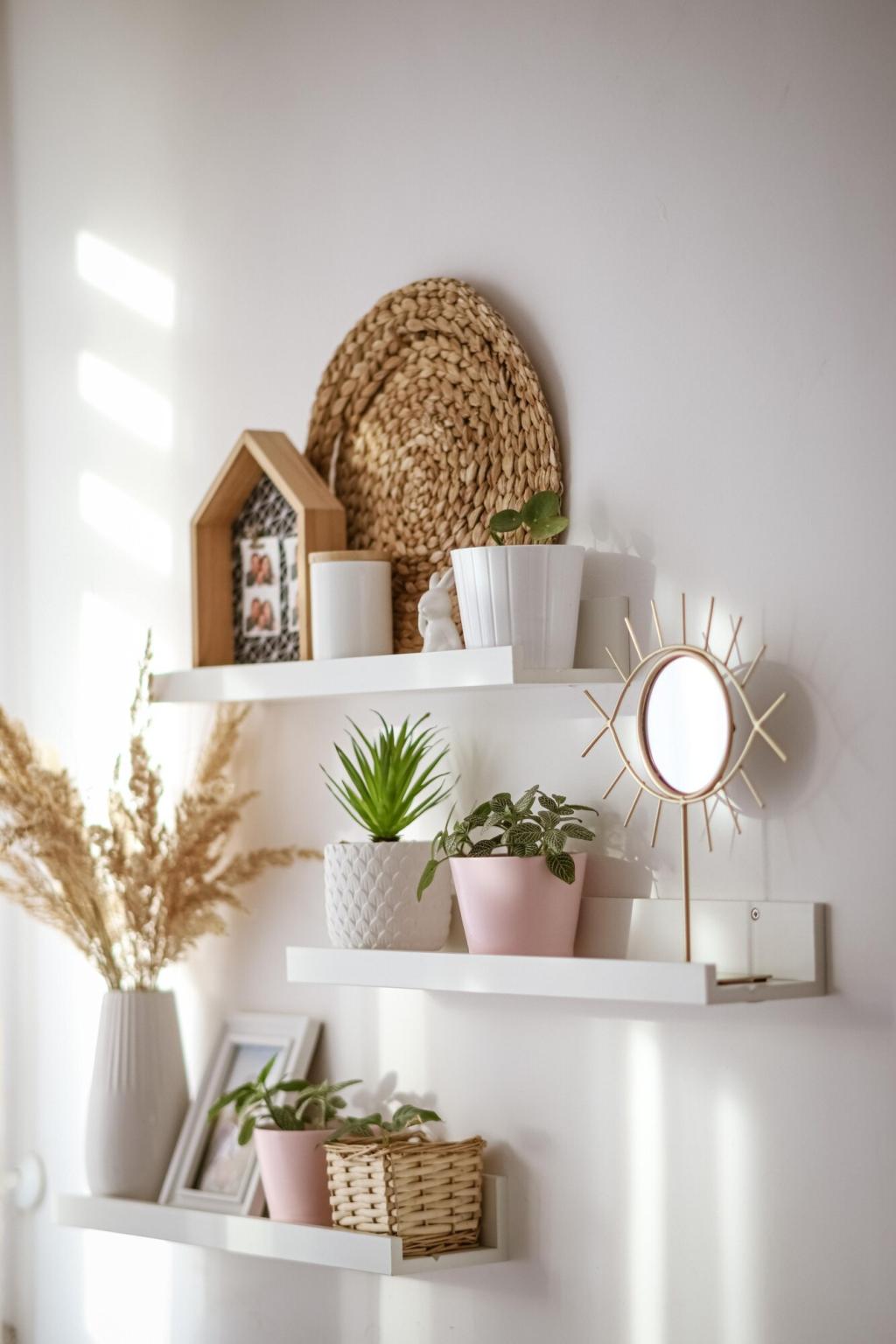
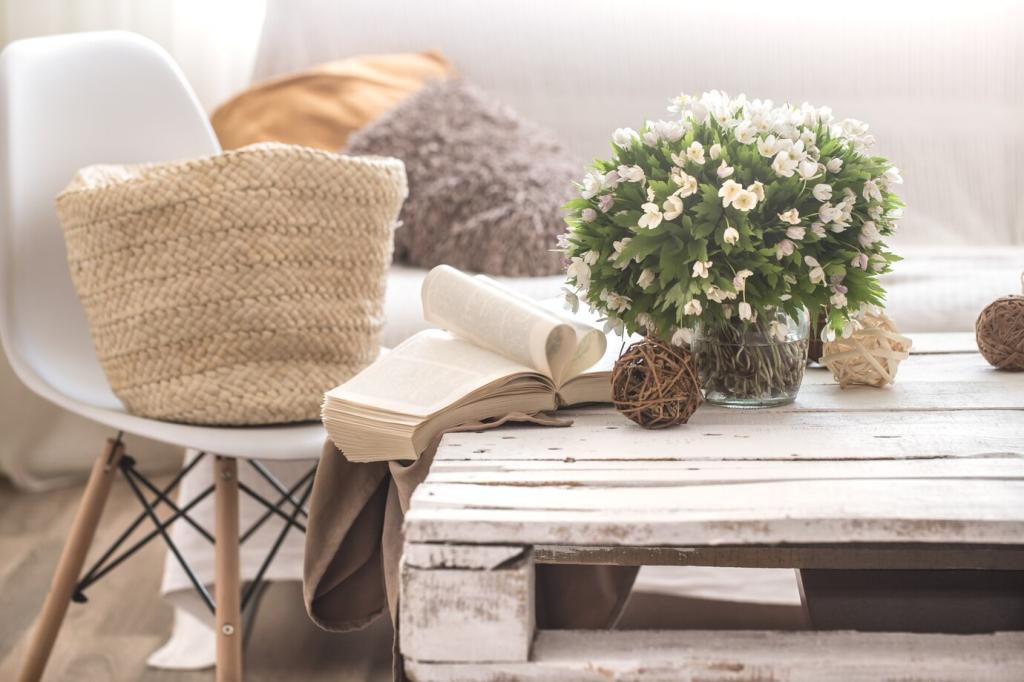
Recycled and Upcycled Surfaces with Soul
Old beams and floorboards bring density, character, and history that new lumber can’t replicate. When cleaned and finished with natural oils, reclaimed wood becomes a durable, low-carbon hero. We once repurposed gymnasium flooring—game lines faintly visible—into a library floor that sparked conversations daily. Verify treatments to ensure past coatings were lead-free.
Recycled and Upcycled Surfaces with Soul
Countertops and tiles made with high recycled-glass content shimmer without mining virgin stone. Look for low-cement or alternative binders to cut carbon. In a bright kitchen, a pale terrazzo reflected daylight so well we could reduce artificial lighting hours. Ask for documented recycled content and maintenance guidelines to keep that sparkle responsible and lasting.
Modern zero-VOC paints offer excellent coverage, scrub resistance, and rich color depth. Prioritize brands that stay zero-VOC even after tinting. We refreshed a rental using mineral and lime-based paints; the room smelled like nothing, dried quickly, and diffused light beautifully. Request third-party emissions testing, not just marketing claims, before you commit.
Non-Toxic Finishes, Adhesives, and Sealants
Plant-based oils, hardwax finishes, and soap treatments nourish wood while avoiding harsh solvents. They create repairable surfaces—spot-fix scratches instead of sanding whole rooms. On a reclaimed oak table, we used hardwax oil; the grain glowed, and maintenance meant a gentle rub, not toxic fumes. Always ventilate and follow curing times closely.
Non-Toxic Finishes, Adhesives, and Sealants
Decoding Certifications and Labels
FSC and PEFC: Responsible Wood
FSC and PEFC ensure forests are managed to protect biodiversity and communities. When ordering cabinets or flooring, request chain-of-custody documentation and verify on the databases. We once caught a mislabeled product by checking the certificate number—an easy step that safeguards both forests and your project’s integrity.
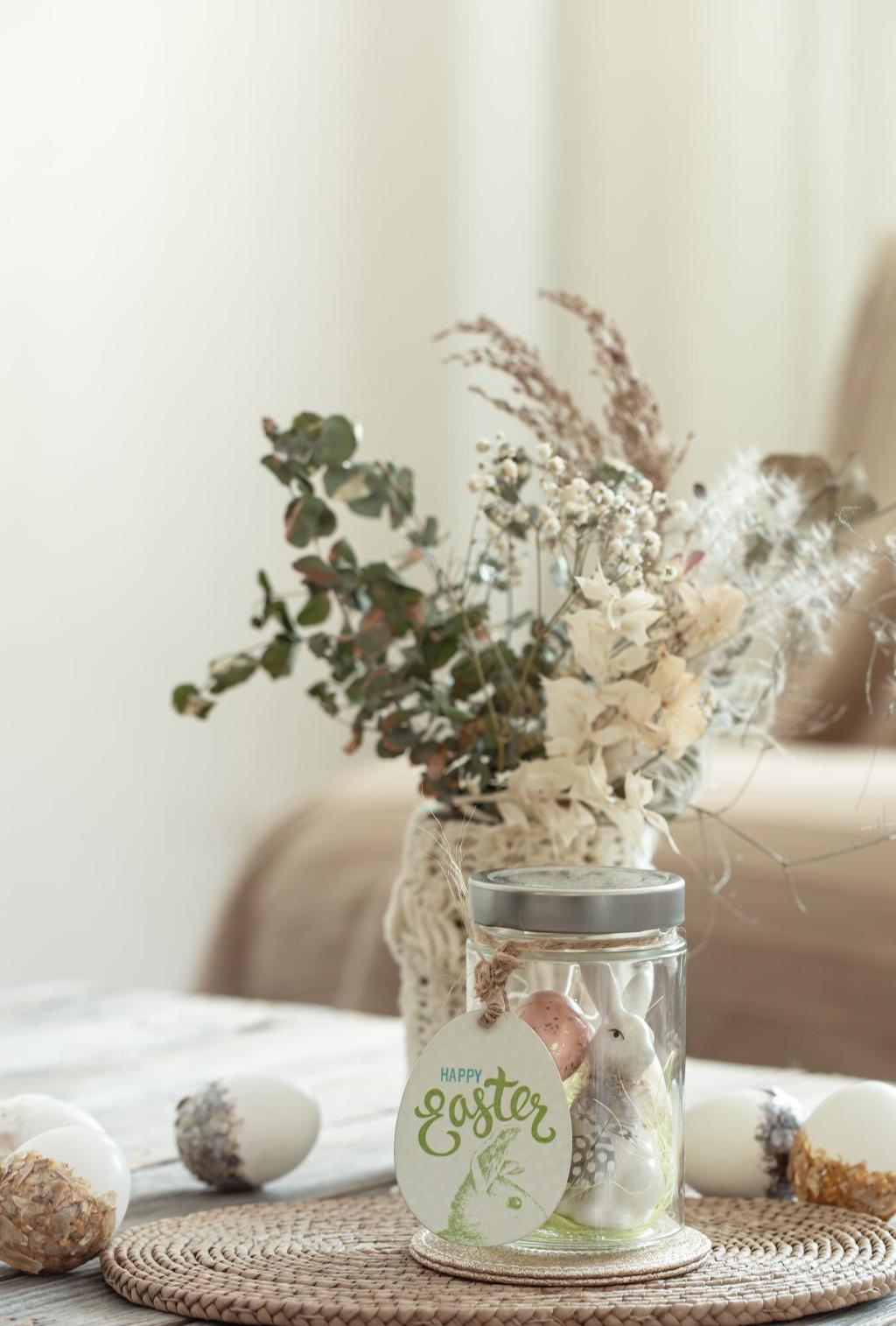
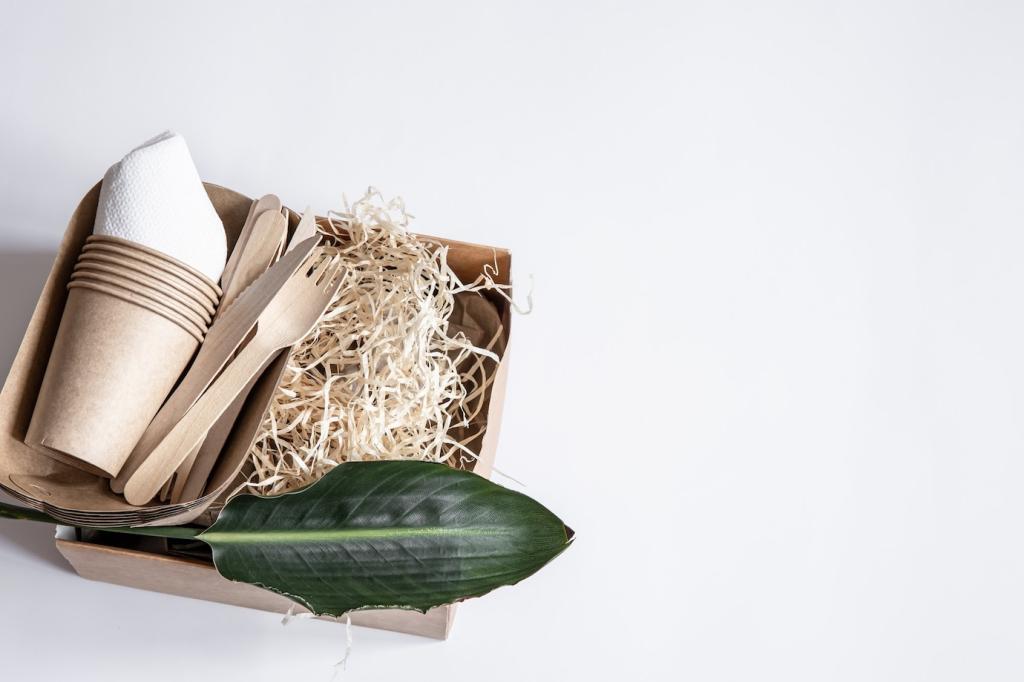
Cradle to Cradle Certified: Circularity in Practice
Cradle to Cradle evaluates material health, recyclability, renewable energy use, water stewardship, and social fairness. A linoleum line we spec frequently carries Silver certification, signaling strong performance across the board. Use the rating to compare alternatives, and choose upgrade paths that improve future recertifications as the product evolves.
Design Stories from Real Spaces
A Nursery That Smells Like Nothing (Good!)
We swapped synthetic carpet for cork, used zero-VOC, baby-safe paint, and sealed built-ins with waterborne lacquer. The parents noticed quieter footsteps and a fresh, neutral scent from day one. Sunlight warmed the cork, and the room felt like a soft hug. Their pediatrician applauded the low-emission approach during a routine visit.
A Kitchen That Tells a Salvage Tale
Reclaimed timber shelves, recycled-glass counters, and linoleum floors turned a dated kitchen into a luminous space. The counters picked up daylight, reducing task lighting hours. We left nail holes in the shelves—a gentle reminder of the wood’s past life. Guests always ask, and the homeowners love retelling the material’s journey.
A Studio Where Acoustics and Ecology Align
PET felt baffles and cork underlayment brought hush to a creative studio without resorting to foam. The team reported fewer headaches and longer focus stretches. We framed a small panel explaining the materials and their recycled content; visitors often snap photos and subscribe to learn how to replicate the setup at home.
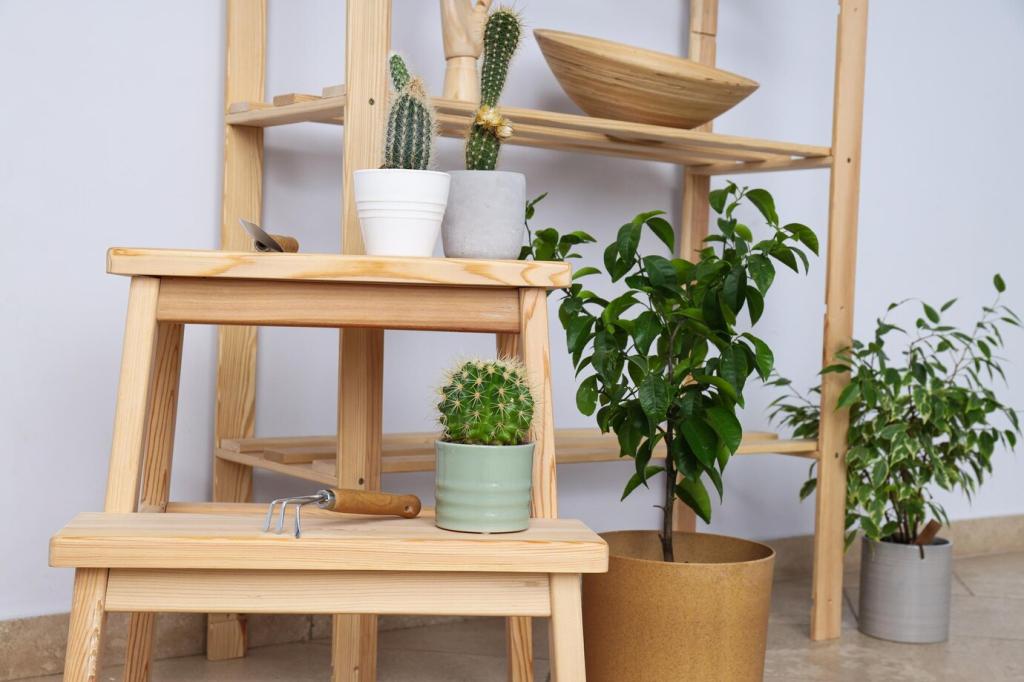
Join our mailing list
